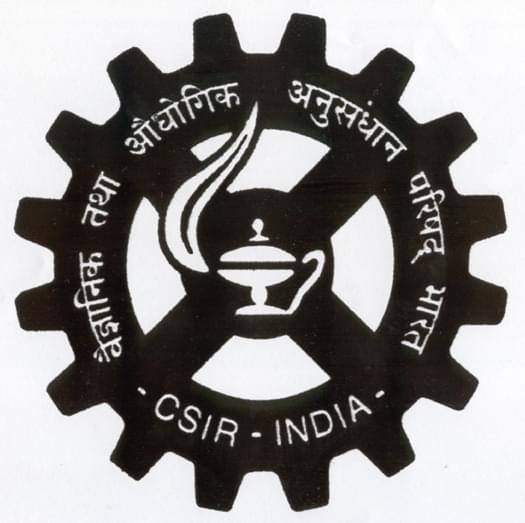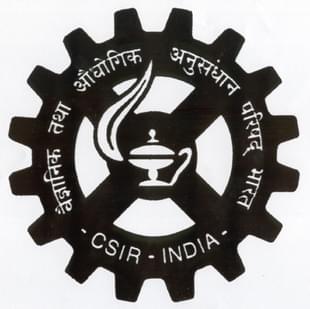Commentary
Academic Institutions and Goverment Civil Services Projects
Kesava
Jan 29, 2012, 03:15 PM | Updated Apr 29, 2016, 02:37 PM IST
Save & read from anywhere!
Bookmark stories for easy access on any device or the Swarajya app.


More often than not, academic institutions in India end up doing a hi-fi project with little RoI and general public use. Little has been done to change the situation. Students work hard to reach the universities and institutes only to find a good job. This has been the pattern and many professors across India lament about the same. Who is to blame, we ask? Well the answer is definitely the government. Little has it done to ensure a graduate in IIT or NIT or other premium institutes is motivated to take up a research position in institutes within India. Despite some good infrastructure development with some ideas like EduSat etc., there is no change in the situation.
Even if one is to consider the examples of IITs/IISc, projects like Simpute, $10 Laptop, $35 Laptop were all government funded projects whose fate is well known. Let us take a few cases as examples:
- IISc, in collaboration with several other universities and research centers ran a very well funded and ambitious project titled “Simputer”. It was supposed to be a handheld device specific to Indian market. The project started in late 90s and first product was unvieled in 2002. It was a time when HP was the only main player in tablet market. The product never took off, with not more than 4000 devices sold. A country which produces best management graduates in the world couldnt make a tablet which could have led the tablet market. Imagine! [Link]
- Back in 2006, IITB conducted a project “Silicon Locket” to develop an easy-to-use biometric reader. The target area was health care, especially covering rural areas. It was supposed to be used by doctors to allow patients from rural areas to avoid a visit to nearest city/town in order to seek advise on medication for heart conditions etc. The locket would collect regular ECG data for diagnosis at a later time. In fact, IITB was even considering adding new features like automatic weekly/monthly update to the doctor via internet or cell phone networks so that rural patients do not need to visit the doctor often. The product never arrived in the market area. Why? [Link]
- CSIR in collaboration with BARC, IITD, CDAC and ISRO was supposed to develop a micro processor called “India Microprocessor”. An analysis of this endeavor was done on in 2009. The project was ambitious and a seperate entity called “Zerone Corporation” was supposed to be established with an initial funding of $200 mn. The project is nowhere. Livemint reported in 2010 of where the project is headed. Most often such ambitious projects end up wasted simply because too much of emotion is attached to it or such projects end up in “archives” in academic institutions. [Link 1, 2]
- An ambitious project called $10 laptop was funded by Government of India. The project was executed by IISc and IITM. Funded by MoHRD, the project was supposed to reduce cost of laptop drastically. Every one knows the fate of the project. The word “Embarrassing” doesnt convey the full meaning of the result.
More often than not, academic institutions end up being “employee manufacturing units” rather than “solution generation plants”. One cannot deny that some great research work happened in some research centers in the past. Former President APJ Abdul Kalam referred to a similar development which enabled physically challenged to be fitted with light weight artificial limbs, which to put it in his words “changed their lives”. Such work needs applause. However, our academic institutions, seems to be aiming too high and failing just because of lack of proper collaboration.
Simply speaking, academic institutions need to first identify the needs of various people in various working conditions to come up with simple, yet path breaking products. More often than not, the whole debate turns toward rhetorical dialogue, especially surrounding subsidy. It is unfortunate because some companies in small scale industries have solved some problems in very efficient ways. For instance, consider the following two examples:
- Quantum Power Systems. Any person who travels in a bus in Bangalore would be able to see the ticketing device used by the conductors. It was made by Quantum Power Systems. Similar product can be seen in many other states. The manufacturer could be different but the concept is the same. The concept found acceptance not just in buses, but also in Utility billing like electricity, water supply etc. The product has nothing which makes it too complex to use. It is a simple device that made life easy for employees of Govt. services and management of these groups alike. Ticketing became easy, monitoring became easy and accounting became easy too. All in all complete experience was made easy.
- Effetronics. South Central Railway started an interesting project to help passengers find the right compartment according to their reservation. A simple LED based display system which display the compartment numbers on the platform. The display system would show approximate position of the compartment on the platform just before the train arrives at the station. Since trains stop only for a couple of minutes or so, this system enabled the passengers to find their compartments easily and be ready to board the train. This project was suggested, executed and implemented first in Vijayawada by a small company, Effectronics. The idea is now replicated almost in every Railway zone. The product was a huge hit.
The question then to be asked is: “what prevented IISc/IITs/NITs to think of these simple implementations before a small company did it?”. The question then has to be extended as : “why in the hell do we not see these universities taking up simple projects which help urban/rural population’s life easier, even after such excellent examples?”. The answer seems to be “apathy”. At various levels. Problems can be seen all over our country. Many are very much solvable with some very simple idea.
For instance, consider the difficulties of cleaning staff of Municipalities and Municipal corporations across India. In some cities, they work during the night to avoid difficulties with traffic. In some cities, they work during the day. In either case, the equipment they are provided with are – a small broom stick and a plastic dust collector. Their work environment is not only unhygenic, it is also dangerous with vehicles plying in the road. There is a very simple way to make their life easy – a simple suction device like a vaccum cleaner so that the operator can ply on road to clean the road. The challenge is now to make it easy to use, avoid petroleum products as fuel to reduce operating cost, small so that storage and maintanance is easy. One then wonders if the students who are top of the lot in India in IITs/IISc/NITs are incapable of working out a simple device like that. There are at least 120 municipalities and muncipal corporations in India which would find such devices easy to use. By developing such a device and issuing Intellectual Property for a loyalty price to interested manufacturers, these institutes would also be able to generate funds. Such devices can be used in railway stations, bus stations etc. Think of the market available with a simple device like that! So, if one wonders about marketability of such a device, then there is no case for opposition either!
IITs which are supposed to produce men and women of huge calibre to change the course of India’s growth couldnt involve themselves in solving simle problems facing India. Instead of solving day to day problems in the country, we have our ministers throwing insanely rubbish ideas at our academicians to build laptops worth $10, $35 etc. The problem then can be pinned down upon “leadership”. Till we get that one “leader” who can keep feet on ground and ensure academic institutions are used in the best ways possible, we will keep wondering whether or not top talent in India is getting used in the best way!





